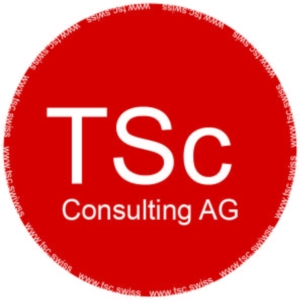The threat
posed by digitisation to employees is omnipresent. Even in areas that are
introducing digitization, it is one of the most important issues:
Job loss through
digitization!
According
to a recent study by Mc Kinsey, 30 to 40% of all employees will have to find a
new field of work for themselves by 2030 (Getting practical about the future of
work, Jan 2020). This massive change process is a great challenge for the
existing management!
Of course,
this applies both to their own management style and to the management of
employees in terms of qualification, motivation and joint achievement of
objectives.
Timely and
open communication with appropriate accompanying measures will be indispensable
to keep the “right employees ” on the job.
The starting position
The changes
in everyday working life, especially through the use of modern methods of
automation and the innovative capabilities of “artificial
intelligence” or, correctly, “machine learning”, result in
completely new possibilities for improving manufacturing processes.
This
especially affects qualified employees with activities in a rather standardized
procedures! The new possibilities present these employees with two
alternatives. They have to invest massively in further training in order to be
able to continue to cope with the essentially demanding tasks of creating and
monitoring automated processes or they are reduced to individualized, but very
simple activities in niches.
Employee Challenge
Interestingly
enough, many employees are aware of this problem, but very few of them make use
of existing training measures to escape this dilemma. Even in today’s more
“agile” teams, the willingness to take responsibility is not equally
pronounced among all team members.
As we all
experience ourselves, changing behaviour is a long-term process and usually
requires close monitoring. The management team plays a key role in determining
which employees feel comfortable with the new challenges and which do not!
The leadership style
Hierarchical
management styles hardly exist anymore, at least if one can believe the
management principles of most companies. In reality, hierarchical thinking is
still widespread, as it provides clear structures and responsibilities for
everyone and seems to be much more easy for everybody.
Leading in
the matrix, the acceptance of co-responsibility and thus employee participation
will be a decisive change for successful companies. Those change of leadership
principles will not come overnight or just with a workshop. It will need a
clear plan, daily work and a continuous challenge of the own behaviour.
Important leadership principles remain unchanged
The
authenticity of the management team, the living example of the principles that
apply to everyone and the sustainable implementation of strategic initiatives
will continue to stand for the credibility of management.
Focus on innovation and
training
The
changing components are certainly the time pressure to react quickly and
efficiently to changing conditions with customers and suppliers. Open
communication about upcoming changes is a “must” for employees. Plans
for further training measures and the participation of employees in the change
process is also an important accompanying measure.
Dealing with it
offensively
The changes
brought about by the advancing digitalisation and the fears of the employees
associated with it could not be swept under the carpet. An offensive and active
approach to you will give the right employees the necessary security to have a
perspective in this company in the future. Addressing and acting is therefore
the right motto.
It will be
worthwhile to think ahead and invest time and maybe external support to prepare
for the future.


